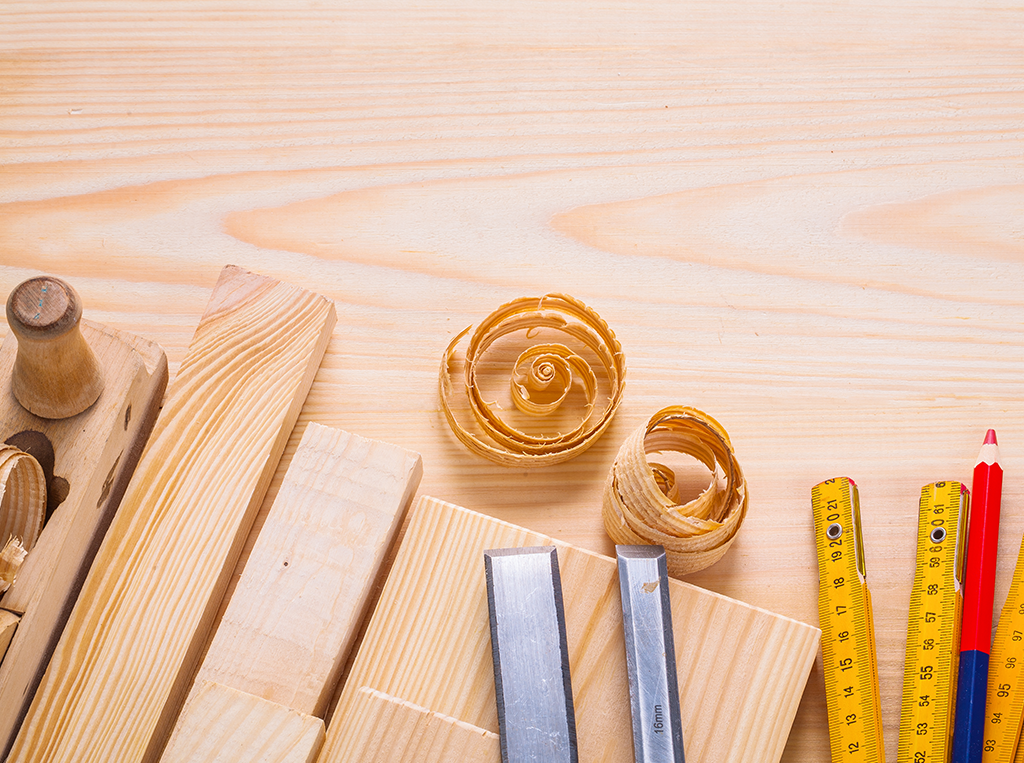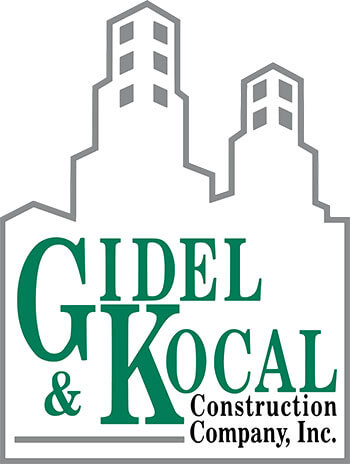
Construction is on a journey towards sustainability, and we in the industry couldn’t be more pleased. In an effort to reduce contributions to greenhouse gas emissions within the construction services industry, many companies are using more sustainable materials. Long-lasting and more planet-friendly, sustainable construction materials are the way of the future.
#1 – Bamboo
Bamboo has several great characteristics that make it a sustainable construction material. It is highly flexible, which means builders and decor enthusiasts favor it for both structural and decorative purposes. Additionally, bamboo grows exceptionally fast (up to 35 inches per day) and requires no fertilizer. What’s more, it self-regenerates from its own roots, which means it does not have to be re-planted. This makes it a responsible choice for those looking to preserve the environment. This makes it a responsible choice for those looking for eco-friendly construction materials.
#2 – Engineered Cementitious Composite (ECC)
Otherwise known as bendable concrete, ECC is a type of concrete that is known for its flexibility as well as its strength. ECC does not easily crack or break and is actually 500 times better at absorbing shock. This sustainable construction material contains small, polymer-derived fibers which are known to contribute to ductility. In order for it to be more sustainable, ECC is infused with carbon dioxide and uses less cement, which lowers carbon emissions.
#3 – Mass Timber
This type of material is created by bonding different types of softwood before they are formed into larger, prefabricated wood components. They are classified into different types including nail-laminated lumber, laminated veneer lumber, cross-laminated timber, glue-laminated timber, and laminated strand lumber. They can be used to construct roofs, columns, beams, floors, and more. Mass timber serves as a sustainable alternative to traditional construction materials because it significantly reduces emissions.
#4 – Mycelium
A vegetative structure of a fungus, mycelium is highly durable and resistant to fire, water, and dried mold. This organic and compostable material leaves behind little waste, just like bamboo, it has virtually no significant impact on the environment and can be combined with demolition waste, sawdust, and many other materials. While this material is not widely used, it is becoming more common.
#5 – Precast Concrete
Usually created offsite, precast concrete is cured in a manufacturer’s facility. From there, it will be transported to the job or construction site. Precast concrete comes in slabs that are considered a more sustainable alternative to cast concrete as they require less material and energy for production. There are already famous structures from all over the world that use precast concrete, one of which is the Sydney Opera House, whose roof shells are made from the material.Building a more sustainable future is just one of the many directions for construction companies out there. The next several decades promise even more of an opportunity for sustainable construction material alternatives to be introduced to the market. In the meantime, refer to the above-mentioned examples, and consider how they can help you build your structures in the coming years.
